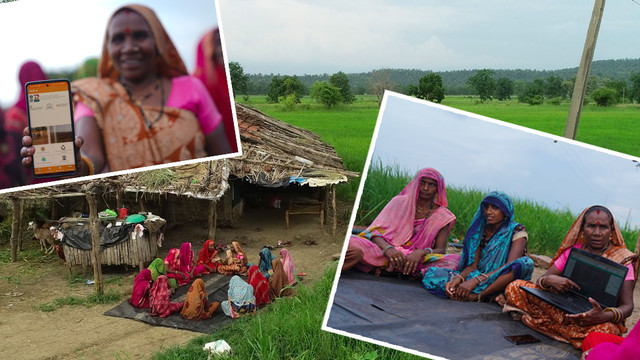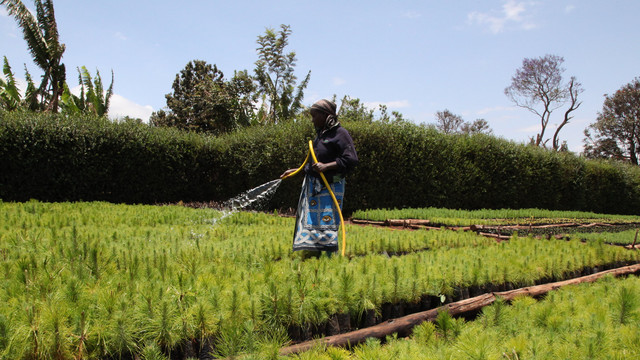The Tracking Adaptation and Measuring Development (TAMD) framework
The Tracking Adaptation and Measuring Development (TAMD) framework used two key measures to measure adaptation success.

Nepal’s Rukum district is highly vulnerable to landslides and extreme rainfall variations. TAMD feasibility work has tested specific tools for evaluating climate change adaptation and made them relevant to the Nepalese context (Photo: Susannah Fisher/IIED)
TAMD was a 'twin track' framework that evaluated adaptation success as a combination of how widely and how well countries or institutions manage climate risks (Track 1) and how successful adaptation interventions are in reducing climate vulnerability and in keeping development on course (Track 2). The aim was to generate bespoke frameworks for individual countries tailored to specific contexts.
The operational framework of TAMD outlined the steps needed to apply the TAMD framework, providing practical guidance on how to put the concepts into operation. In December 2014 a step-by-step guide was published on how to do TAMD for government planners, development agencies and NGO staff.
TAMD's dual approach can track adaptation at all levels and from all sources, from initiatives involving several countries, various interventions in a single country, and right down to local projects. It can assess whether climate change adaptation leads to effective development and also how development interventions can boost communities' capacity to adapt to climate change. It does this by evaluating an intervention within and across the two tracks.
The diagram below explains how TAMD's twin track approach can help countries track two complementary dimensions – national and sub-national responses for managing climate change and their implication on development outcomes.
There are a set of TAMD indicators for Track 1 that are being customised in different contexts.
- Indicator 1: Climate change integration into planning
- Indicator 2: Institutional coordination for integration
- Indicator 3: Budgeting and finance
- Indicator 4: Institutional knowledge and capacity
- Indicator 5: Climate information
- Indicator 6: Uncertainty
- Indicator 7: Participation
- Indicator 8: Awareness among stakeholders
- Indicator 9: Vulnerability/resilience
Who can use TAMD
A key benefit of the TAMD framework is that it can be used by many different types of organisations for both evaluation and planning.
Governments, the private sector and NGOs are increasingly engaging in activities to enhance climate risk management and increase climate resilience. These large and growing investments in climate change adaptation all require new tools to plan, implement and track interventions. These are all potential users of a TAMD-type approach.
Local governments and district councils can use TAMD to evaluate the policies, programmes or projects related to adaptation, whereas national government officials could use TAMD to:
- Mainstream climate change into core government planning
- Evaluate policies, plans and programmes of particular ministries, and
- Promote long-term thinking about transformational change.
Development agencies could use TAMD to:
- Evaluate their own policies, plans and programmes
- As a tool for mainstreaming climate change in the agency, and
- As a tool for supporting partner countries in policy, plan or programme design or evaluation.
NGOS could also use TAMD to evaluate their own programmes and to assess the effectiveness of adaptation undertaken through national programmes.




